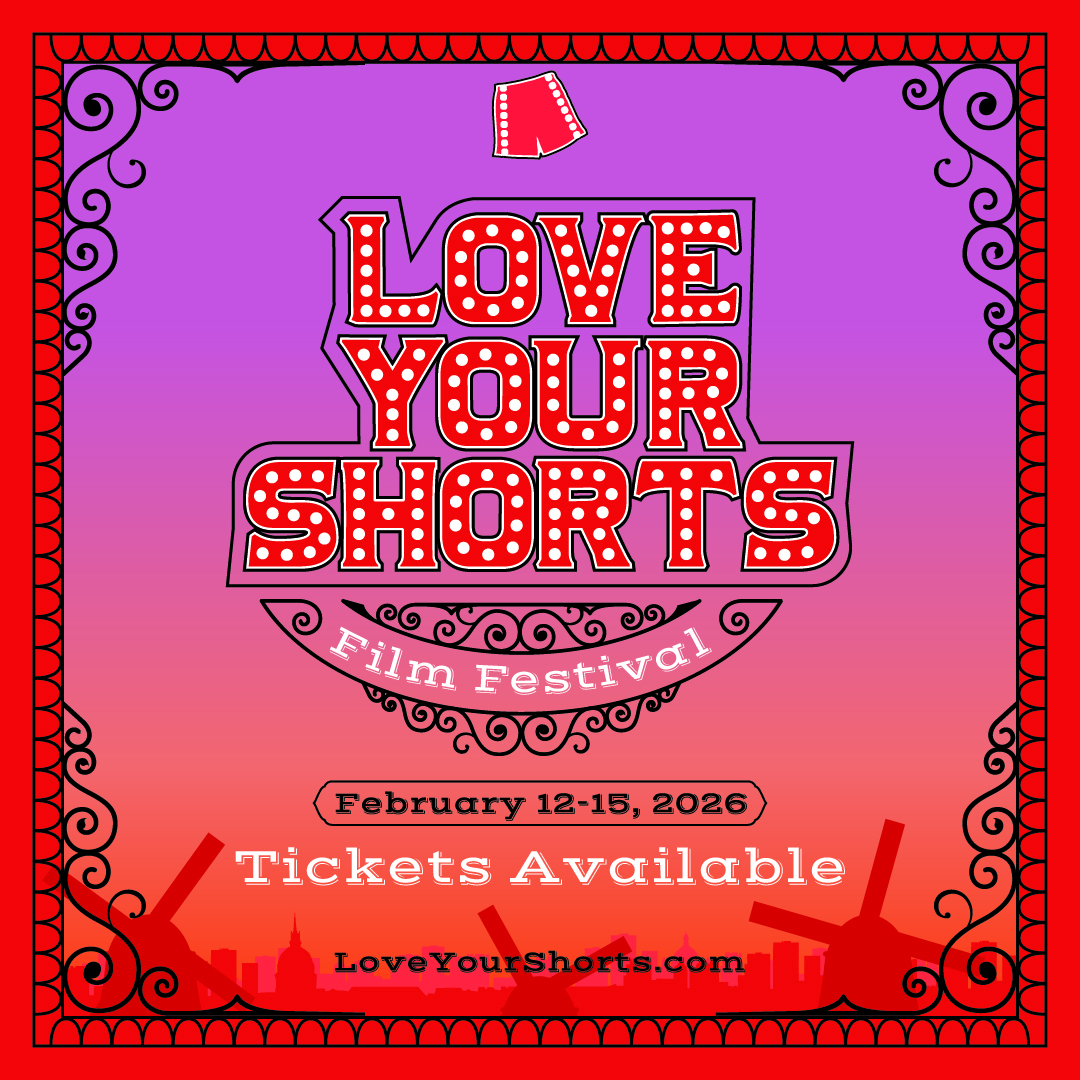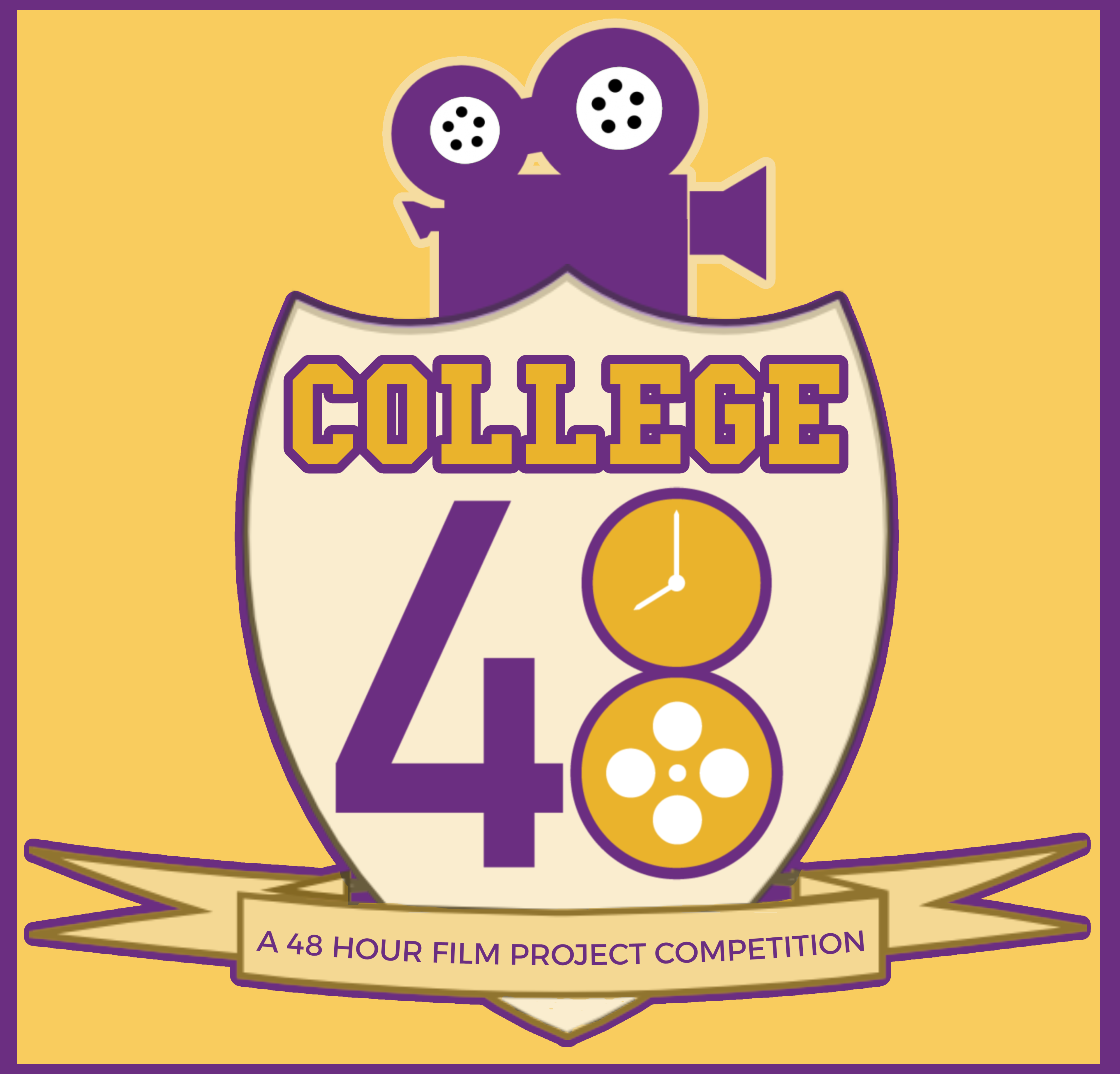Japan 4
Listen to Japan 4, a 26-year-old woman from Iwakuni, Japan. Click or tap the triangle-shaped play button to hear the subject.
Both as a courtesy and to comply with copyright law, please remember to credit IDEA for direct or indirect use of samples. IDEA is a free resource; please consider supporting us.
BIOGRAPHICAL INFORMATION
AGE: 26
DATE OF BIRTH (DD/MM/YYYY): 1976
PLACE OF BIRTH: Iwakuni, Japan (about an hour’s drive from Hiroshima)
GENDER: female
ETHNICITY: N/A
OCCUPATION: N/A
EDUCATION: Subject was studying language education in college when recorded.
AREA(S) OF RESIDENCE OUTSIDE REPRESENTATIVE REGION FOR LONGER THAN SIX MONTHS:
She lived in Osaka, Japan, for about five years before moving to Kansas, in the United States, to study English at Baker University, then language education at the University of Kansas. She had lived in the United States for about three years at the time of this recording.
OTHER INFLUENCES ON SPEECH: N/A
The text used in our recordings of scripted speech can be found by clicking here.
RECORDED BY: Kate Haugan
DATE OF RECORDING (DD/MM/YYYY): 05/2002
PHONETIC TRANSCRIPTION OF SCRIPTED SPEECH: N/A
TRANSCRIBED BY: N/A
DATE OF TRANSCRIPTION (DD/MM/YYYY): N/A
ORTHOGRAPHIC TRANSCRIPTION OF UNSCRIPTED SPEECH:
I was born in Iwakuni, Japan, and it’s, oh, pretty close to Hiroshima. It’s about one-hour trip from Hiroshima, and I was raised and I lived there for eighteen years, and I moved to Osaka to go to school; then I graduated from college there; then I worked for a year and decided to come to the United States to study English. So that was when I was 23, and I studied at Baker University in Kansas and, um, well at first I just wanted to study English but I wanted to study more about like language education so I decided to come to KU so I started my graduate study two years ago then now I’m here and still studying. I don’t know when I’m graduating! When I enter in junior high school the English classes are mandatory for all students so that’s how I started English. Hiroshima? Yeah, well, it’s pretty difficult for me to talk about, because well I went to museum in Hiroshima about atomic bomb and it was just horrible it was pretty much about how the victims uh, looked like,and how their life was like after the atomic bomb. Well when I watch TV here there was documentary about World War Two and some scientists were justifying the bombing in Hiroshima but I just can’t think that it was the right thing to do and, like, too many civilians got killed. So that’s how I think about it. … “Namida no Joushaken” – that means “Ticket to Ride,” but they added like “namida,” which is “tears.” “Ticket for a Ride with Tears.” Like they like put “namida” – tears – in everything like in English songs. I don’t know why.
TRANSCRIBED BY: Kate Haugan
DATE OF TRANSCRIPTION (DD/MM/YYYY): N/A
PHONETIC TRANSCRIPTION OF UNSCRIPTED SPEECH: N/A
TRANSCRIBED BY: N/A
DATE OF TRANSCRIPTION (DD/MM/YYYY): N/A
SCHOLARLY COMMENTARY: N/A
COMMENTARY BY: N/A
DATE OF COMMENTARY (DD/MM/YYYY): N/A
The archive provides:
- Recordings of accent/dialect speakers from the region you select.
- Text of the speakers’ biographical details.
- Scholarly commentary and analysis in some cases.
- In most cases, an orthographic transcription of the speakers’ unscripted speech. In a small number of cases, you will also find a narrow phonetic transcription of the sample (see Phonetic Transcriptions for a complete list). The recordings average four minutes in length and feature both the reading of one of two standard passages, and some unscripted speech. The two passages are Comma Gets a Cure (currently our standard passage) and The Rainbow Passage (used in our earliest recordings).
For instructional materials or coaching in the accents and dialects represented here, please go to Other Dialect Services.
 IDEA: International Dialects of English Archive
IDEA: International Dialects of English Archive





